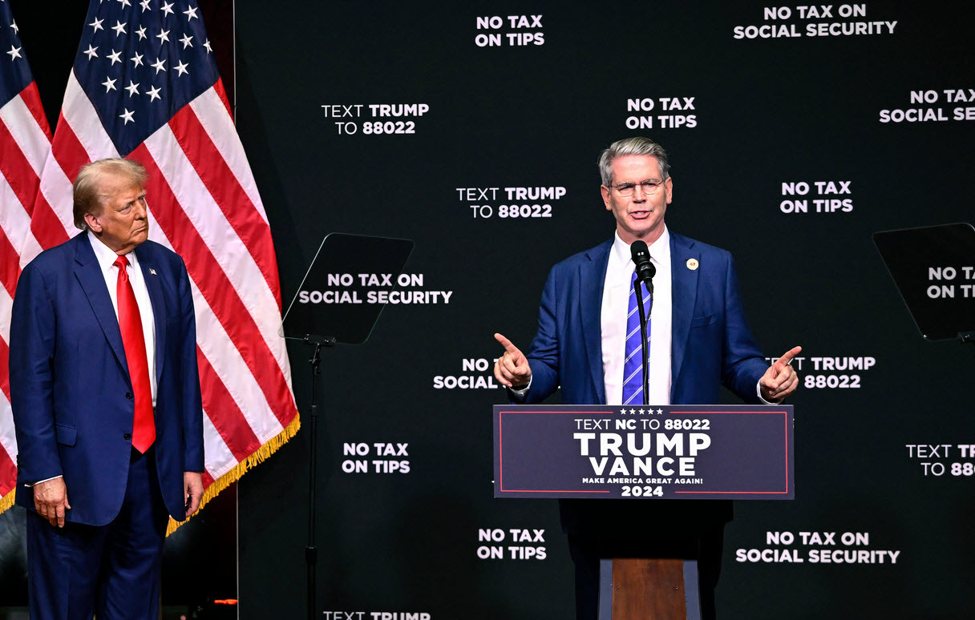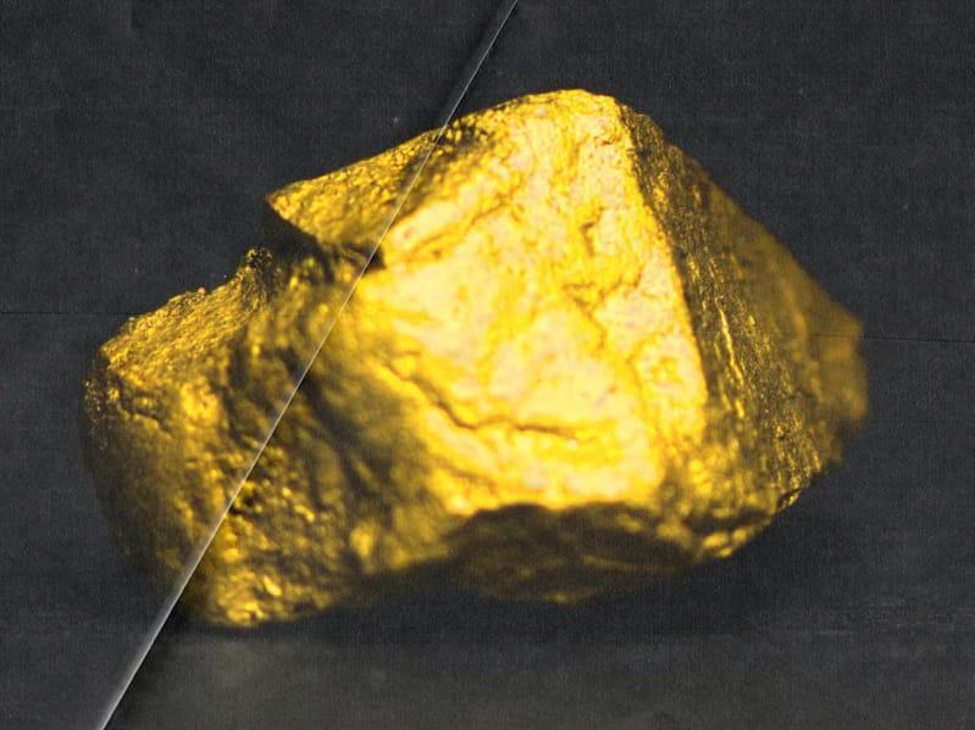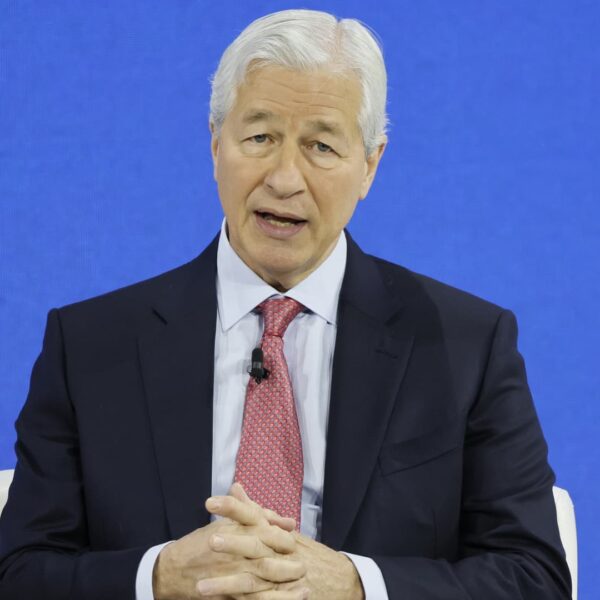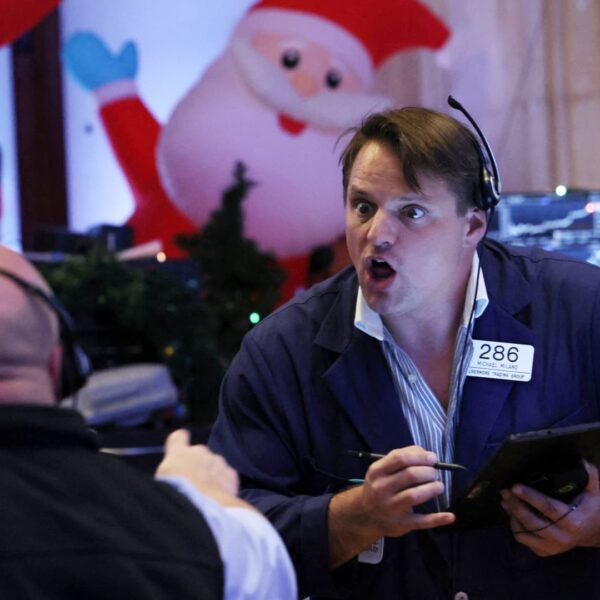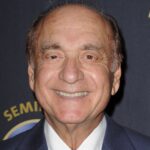Scott Bessent at a Trump rally
Today is Scott Bessent day in financial markets and that means we’re all trying to get to know him. Naturally, given that he’s an FX guy, we’re all cheering for him. There are far too many academics in government and I don’t think there is any better experience for macro policymaking than global macro trading, though I’m sure the political realities of trying to implement policies are sobering.
In any case, the best way to get to know Bessent is in his own words. In particular, here is his retelling of his yen trade in 2013, although it’s not exactly clear how or in what he was positioned.
I’ll post the whole thing:
Soon after, on a day I’ll never forget, I met with Abe advisor, Japanese expatriate, and Yale economics professor Koichi Hamada. Soros, my associate Francis Browne, and I dined among others’ trophies in the storied private Mory’s club on Yale’s campus as Professor Hamada outlined the early formulations of Abenomics. The professor and George were both hard of hearing, a fact that was exacerbated by their respective Hungarian and Japanese accents. Much of the conversation had to be repeated. With each of the professor’s pronouncements, I grew increasingly excited by the potential magnitude of the market moves if these policies were implemented. I became convinced that Abe and his circle of advisors would commit to directing all of the resources of the prime minister’s office to this multi-pronged and daunting task.
On the drive back to Manhattan, George asked me if I thought this plan would work. I gave him a blunt assessment: “I’m not sure whether it will work, but it will be the market ride of a lifetime.”
And so it was. But it was more than a market ride for me. As I shuttled back and forth from New York to Tokyo on a monthly basis, it was inspiring over the years to watch a coordinated effort between the government and its citizens to reinvigorate a nation. Along the way, I met some wonderful people in both the public and private sector whom I am still privileged to call friends: Professor Hamada, Professor Takatoshi Ito, Seiichiro Takahashi, and Nobuchika Mori, to name a few.
A major financial news organization called me “the Man Who Broke the Bank of Japan,” but that was not accurate. The Bank of Japan did not need to be broken—all it needed were market participants who would believe newly appointed Governor Haruhiko Kuroda’s determination to apply massive monetary easing. Unlike many typical currency devaluations, it was not a fight against the central bank, and I was their willing messenger. Capital flows to where it is treated well. Under the corporate stewardship of Kuroda and other shareholder-friendly measures, Japanese assets regained their role in portfolios around the world.
President Trump’s most enduring achievement may have been to wake the United States and the world to the growing dangers of an ever-more-antagonistic China. In hindsight, Abe’s greatest foreign policy achievement was taking this awakening and developing a multilateral solution for containment.
Abe proved that you can put your nation’s interest first, while still maintaining a strong alliance with your allies. It is unfortunate that Abe is not with us today as a sagacious voice in this multi-crisis world.
On the financial front, today, almost ten years later, we are moving into the end game for the Bank of Japan’s fantastical decade of ultra-loose monetary policy. These policies have unmoored Japan but created a relentless asset inflation in the rest of the world. The Bank of Japan’s policy of yield curve control has anchored interest rates around the globe, suppressing fixed income term premiums. Perhaps the home stretch of the financial experiment is upon us within the next months—and it may prove the wildest part of the ride yet.
Along with the rest of the world, I was in shock when Abe was assassinated in July.
The way he writes it, sounds like some kind of full-throated endorsement of Abenomics but I don’t think the history books will be so kind. First of all, I’m not sure there really was a there. Yes, rates were lowered and pinned but the whole world was facing deflationary headwinds in the 2010s and Japanese rates went from about 0.7% down to 0%, and briefly in 2016, below 0%.
Now the Nikkei doubled but it came at great cost, as the yen was cut in half. For an exporting nation, that’s a huge tailwind.
However, this grand plan to reinvigorate the nation that seemed to tickle Bessent looked like this, in terms of GDP growth:
In short, Japan’s ‘lost decade’ continues and all that was ever accomplished was massively piling on debt and massively devaluing the currency (it’s now takes twice as many yen to buy a dollar as it did in 2013).
Now I don’t doubt there was money to be made here but I struggle to see if there are any lessons here for policymakers.
Again, this was something of an obituary for Abe, so he might have been kind in comparing him to Thatcher and Reagan. He also titled the larger article as ‘Abe’s Complicated Legacy’ and warned they were sewing the seeds of a 2020s financial crisis. Reading it, you get the sense that Bessent understands the tradeoffs in hindsight, but I’m not so sure he did at the time, aside from recognizing that deeper easing would mean a weaker yen.
In any case, Bessent isn’t the President and I think the bond market may be overestimating how much sway he might have.
Some charts:
Nikkei 225 monthly
USD/JPY monthly
Now later in the article, Bessent does circle around to one important point:
The
current fiscal stimulus will amount to approximately 6% of GDP—an eye-popping number absent a gigantic
demand shock. This aggressive combination of monetary
and fiscal stimulus is almost surely unsustainable.
The Trump administration will inherit a deficit running at 7% of GDP.

